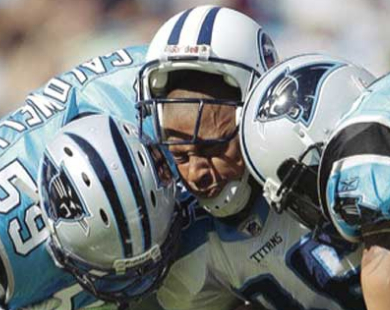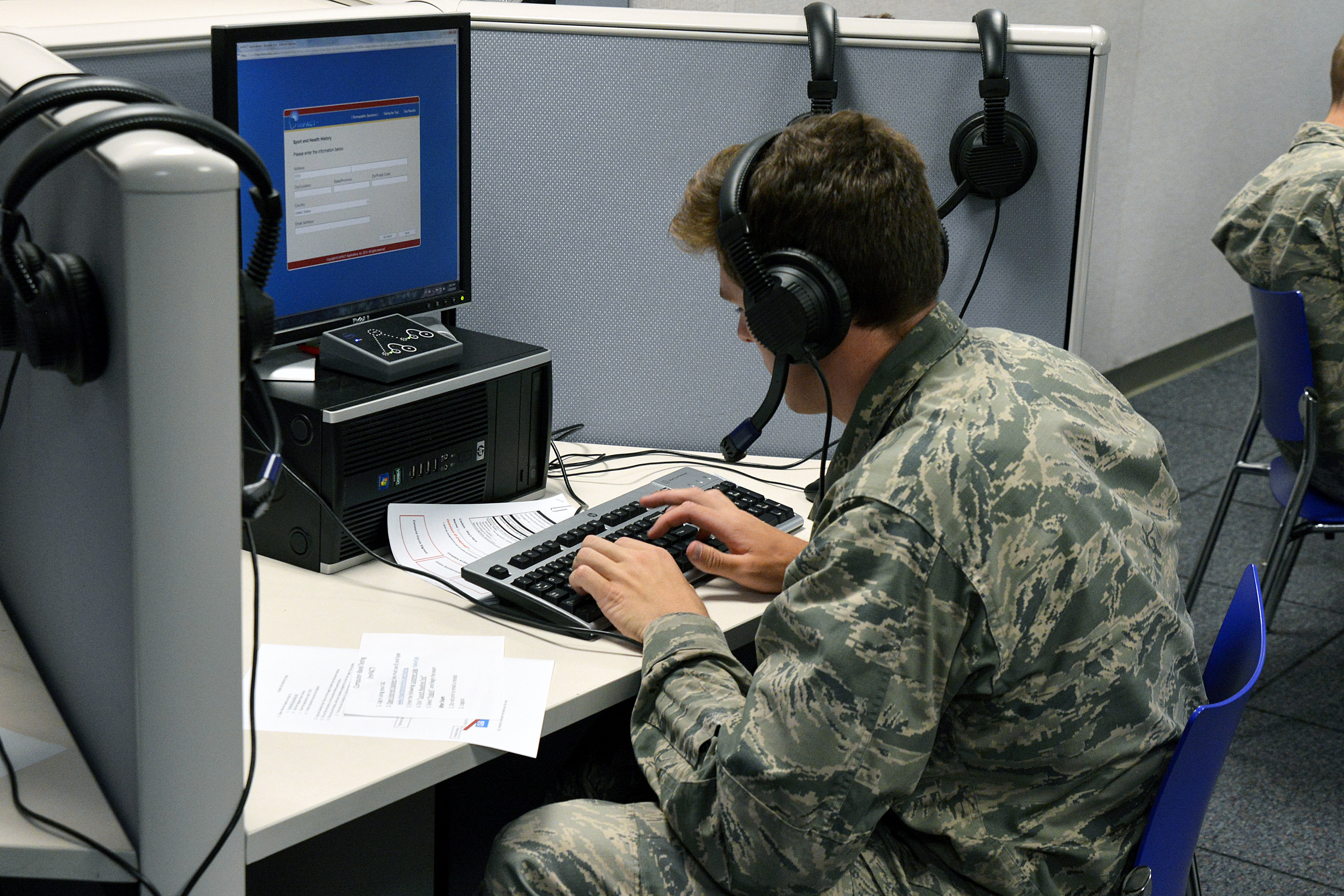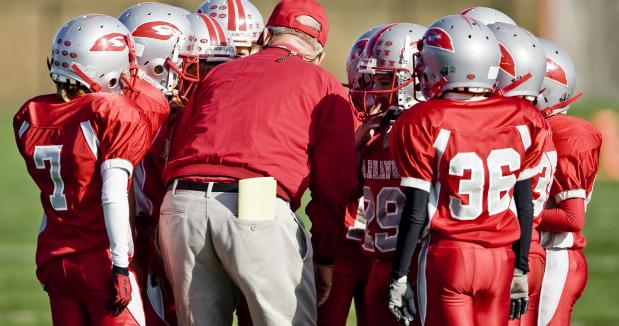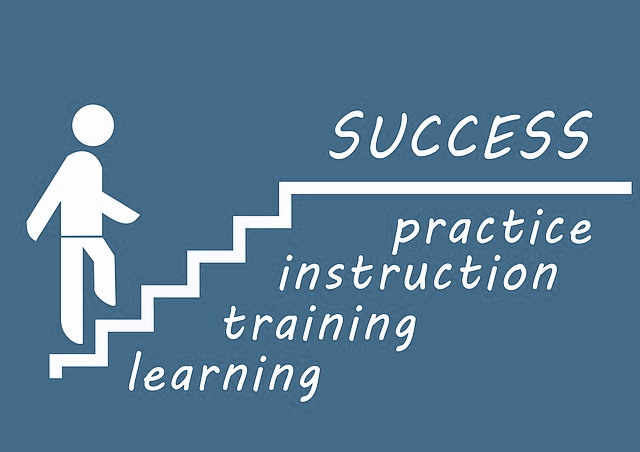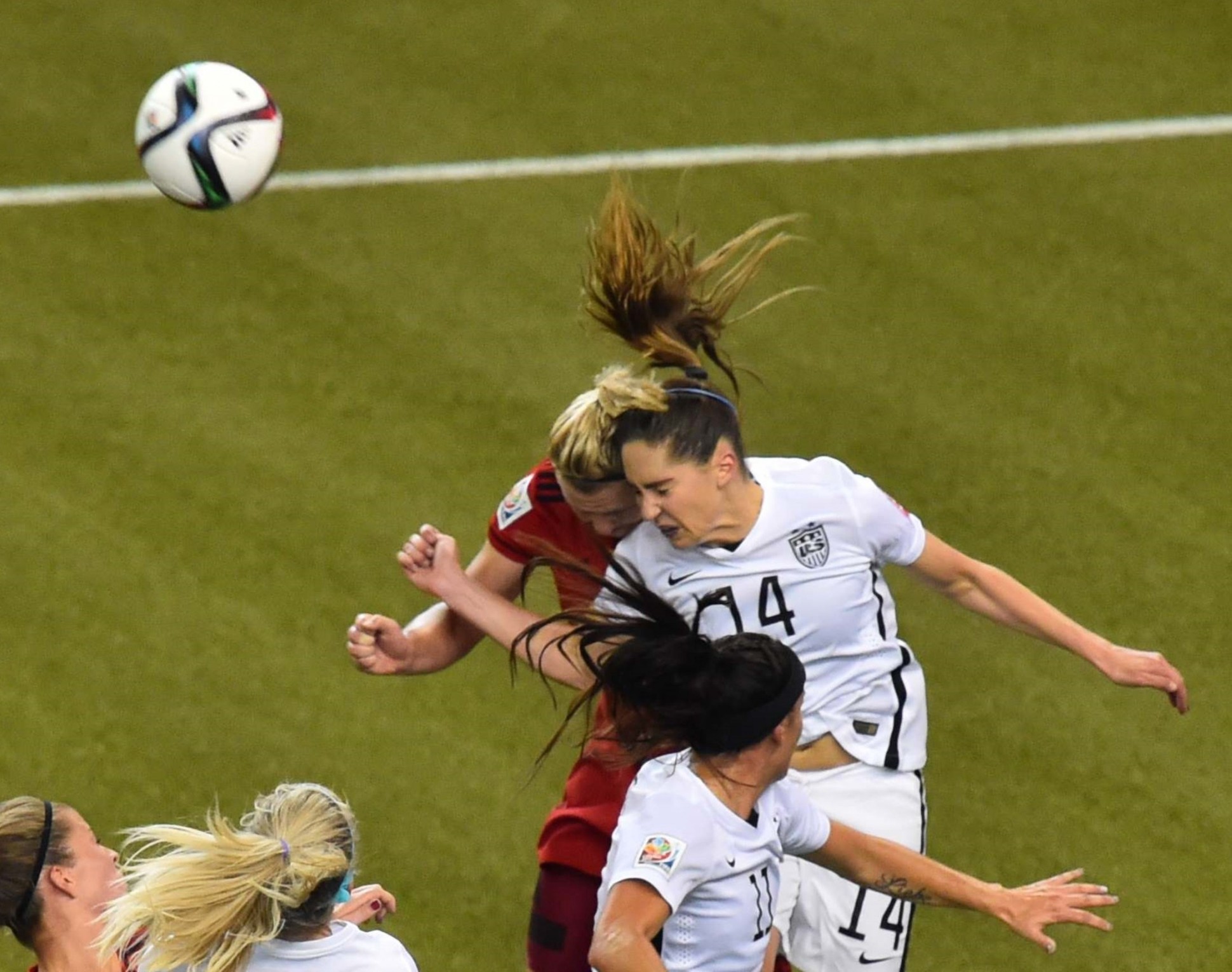
The question that so many parents of youth soccer players have on their mind is this: Can we better protect our children and make the game of soccer safer if we ban heading at the youth level?
While the answer to this question is yes–banning heading can reduce the number of concussions–the more important part of concussion prevention and reduction at this level would likely come from a change in the style of play and stricter adherence to game rules, the end result of better officiating to limit dangerous body-body contact.
Well, a recent study in JAMA examining the role of heading in youth soccer concussions essentially came to this conclusion: namely, that we need to do a better job of teaching a safer style of play, incorporating approaches and techniques for youth players to best avoid such risky body contact that can lead to soccer players colliding while they are attempting to head a ball—as opposed to the simple act of banning heading alone for concussion prevention.
In fact, the recent head-to-head collision at the Women’s World Cup between Morgan Brian of the U.S and Alexandra Popp of Germany, was a clear eye opener about the inherent dangers associated with head injuries in soccer, with attendant risk for concussions.
Scenes like this make all of us concerned, but this especially stirs fear among the parents of youth soccer players. In fact, there has been momentum in the past several years among many prominent sports physicians and advocacy groups, including the Sports Legacy Institute, to call for a ban on heading under the age of 14 for concerns of repetitive brain injury from so called sub-concussive hits from the ball itself– traveling up to 70 mph upon impact.
Specialized MRI scans (DTI or Diffusion Tensor Imaging) from players without documented concussions, but who have suffered multiple impacts from long term heading, have indicated structural changes in the white matter tracts of the brain. While some of these players have developed mild cognitive impairment, others have not demonstrated any significant long-term cognitive effects or headaches. The potential role of genetics and other causative factors are not clear at this time.
So the question is whether banning heading outright–as many such experts have called for—would essentially eliminate concussions and traumatic brain injuries at the youth level. But the more pressing issue, as the JAMA study illustrates, is that we have good data at the high school level, but not at the youth level when it comes to evaluating the source of concussions.
The lead author of the study, Dawn Comstock, reviewed data from the National High School Sports-Related Injury Surveillance Study, her online tally of sports injuries collected from certified athletic trainers throughout the U.S. This large database, evaluating high school sports injuries only, reports important factors related to injuries in practices and games, including symptoms after injuries and duration of time to return to play.
Comstock evaluated data encompassing nearly 3 million games and practices from 2005-2014, specifically evaluating how players diagnosed with concussions were injured, with specific attention to whether they were engaged in heading the ball at the time of injury.
One important piece of data they realized was that concussions in soccer games were increasing to a high degree, but it was not headers that were the primary cause of this observed pattern.
The data indicated that it was actually player-to-player contact–more so among boys–that was the main factor in observed concussions (68% among boys and 51% among girls).
Heading did play a role as well, responsible for about 30% of concussions in boys and 25% among girls. But the important distinction is that these concussions were associated with collisions among players, and it was the actual body contact that led to the concussion, as opposed to the heading itself.
Data indicated that direct impact with the ball itself accounted for about 17% of concussions in boys, and 29% among girls.
“This is an interesting and useful analysis of the incidence and causes of concussion in soccer,” said Raj K. Narayan, MD, Chair, Neurosurgery, North Shore University Hospital in Manhasset, NY and LIJ Medical Center in New Hyde Park, NY. “The authors have suggested possible ways to significantly reduce such injuries among players. I believe that such reductions can be achieved without compromising the enjoyment and popularity of this global sport.”
“Since we get only one brain and the effects of injury can sometimes last for a lifetime, anything that we can do to protect this organ is well worth considering,” added Narayan.
While a ban on heading would reduce concussions in high school soccer, the bigger effect would come from teaching techniques and ways to limit body contact, and calling fouls to enforce the rules more strictly. Better attention to the rules to limit player contact would likely result in a reduced number of concussions.
Stricter officiating to play by the rules, along with a greater emphasis from coaches and players to practice using finesse techniques in passing and dribbling would be a way to help make the game safer.
We know that soccer is inherently an aggressive game, so making players approach the game with a greater awareness about brain injury may be a step in the right direction. We know that body-to-body contact can also produce a concussion as concussive force that can be transmitted from the body to the neck, and then to the head.
Specialized body foams and padding that can absorb impacts may be an important step in protecting athletes, adding an additional protective layer to reduce the force of a collision. Specialized headgear may also help to reduce impact forces when worn in practice and game settings. While there has not been any evidence yet that headgear reduces the risk for concussion, the use of such protection may help to reduce blunt impact forces and reduce other injuries such as lacerations or gross tissue injury.
An important limitation, as mentioned earlier, is that this study focused only on high school players, and the players deemed to be most at risk for heading are in middle school and elementary level. There are unfortunately no studies and a lack of data in this younger age group—the group with whom we are most concerned. That said, it will be important to engage in long term studies evaluating the effects of heading and concussions in this younger group of players.
ORIGINAL ARTICLE: http://www.forbes.com/sites/robertglatter/2015/07/21/is-heading-leading-to-an-increase-in-concussions-among-youth-soccer-players/
